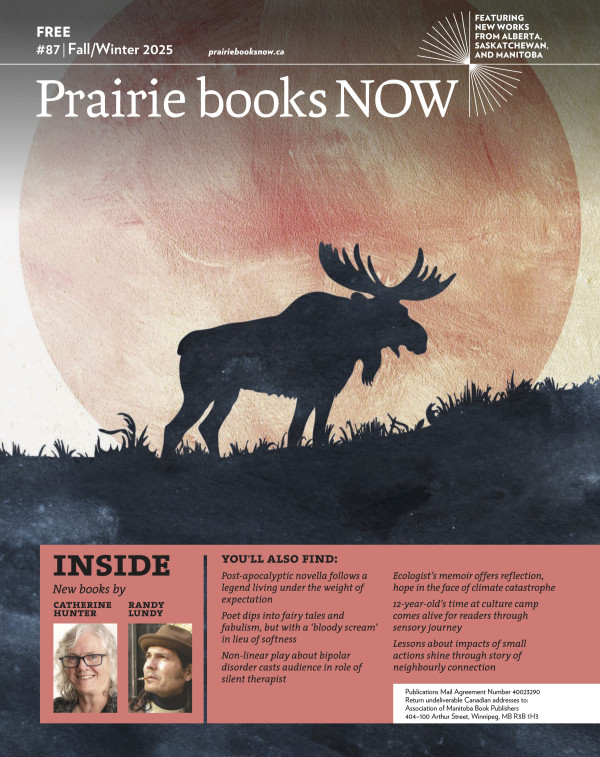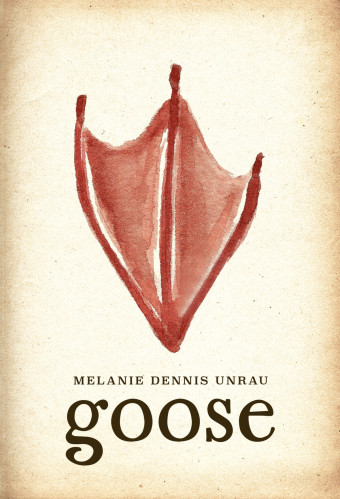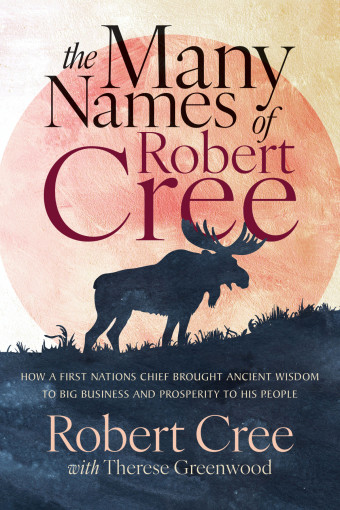Maddy’s Sash follows the plucky and curious Madeleine on her first solo visit to her grandparents’ farm in Northern Saskatchewan. Author Marion Gonneville (originally from Prince Albert, Saskatchewan, and currently living in Vancouver) was inspired by her own childhood and her Métis grandmother.

- Maddy’s Sash
- Marion Gonneville, Kate Boyer (Illustrator)
- Gabriel Dumont Institute Press
- $17.50 Paperback, 88 pages
- ISBN: 978-19-88011-35-6
“My Michif grandmother, or ‘Chicken Granny,’ as she was known in the family, was the inspiration for this book. She worked extremely hard all of her life to provide for her family and always proudly spoke her Cree Michif language. A visit to her farm every weekend was always fascinating to me,” Gonneville says.
Métis history, culture, and kinship are central themes of the book. Through Kohkum (grandmother) and Moshôm’s (grandfather) teachings, the reader learns along with Maddy about relationships with the land and animal kin, Métis history, family, friendship, and community values, as well as beading, dancing, music, and food.
Setting a gentle and exploratory pace for readers, Gonneville uses descriptive yet accessible language that evokes five senses: the feel of sawdust crunching underfoot in the chicken coop, the smooth glide of a canoe across water, the sweet tart burst of a berry on the tongue, and a heart-pounding encounter with animal kin.
Gonneville also highlights the importance of Michif language in Métis culture, integrating common Michif words within the story. A glossary at the end of the book helps with translations.
In addition to the expressiveness of Gonneville’s words, the colourful textures of Kate Boyer’s illustrations create a grounded and immersive reading experience.

From Rosthern, Saskatchewan, Kate was raised in a French Michif family, immersed in Métis culture and ceremony.
“Humour was always central to our stories at home. I think it’s a central pillar of Metis culture really. I was always taught that if you could laugh with someone then you were already way ahead in terms of relationship-building. I think if more people embraced that, our world would be a much more peaceful place.”
Her illustrations are a special feature of this chapter book. Each chapter includes bright and whimsical pictures which depict Maddy’s adventures with delightful detail. Boyer uses colours, layers, and textures to create not only a sense of play and nostalgia, but of touch.
“I wanted readers to be able to feel the illustrations, the lace of the curtains, the weave of a sash, the soft and scratchy fabric of Moshôm’s shirts,” says Boyer.

All characters in the story, human and animal, have their own personality and gifts, including Maddy’s special companion, her grandparents’ gentle giant dog Max. Maddy learns from each of them, sometimes with excitement and confidence, sometimes with a humbling experience, sometimes through affectionate teasing from Kohkum and Moshôm.
The connection, joy, magic, and humour in Métis culture and kinship was important for Gonneville to highlight.
“I wrote Maddy’s Sash for Métis children, to help them learn about the joy and the magic of Michif culture—not just the trauma and tragedy,” Gonneville says.
“Métis children need to be protected and nurtured. I believe in fostering their sense of wonder and imagination in the world around us, opening their minds to the hope and happiness in our history and culture.”













